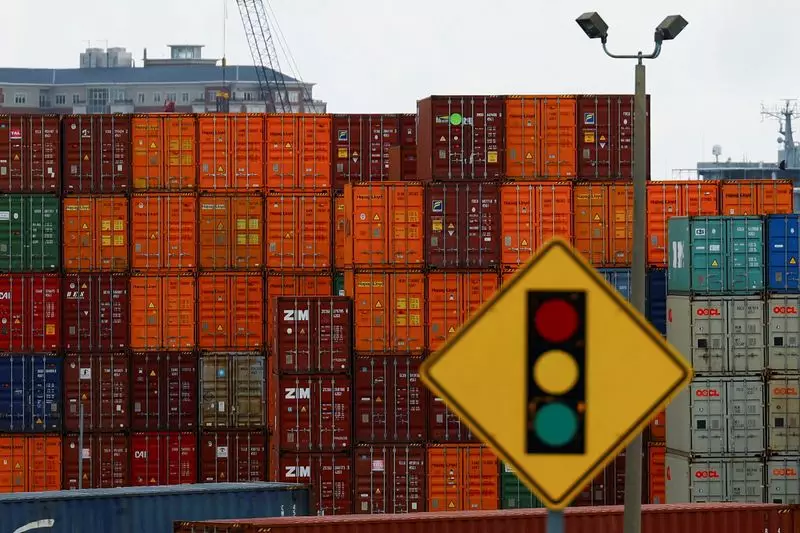The ongoing dockworker strike in the United States has turned into a significant crisis that is influencing not just the local economies of affected ports, but also the national supply chain. As container ships linger outside major ports, the ramifications of this strike, the largest of its kind in nearly 50 years, are being felt broadly across sectors. The International Longshoremen’s Association (ILA) has mobilized around 45,000 port workers, leading to significant disruptions at various ports, ranging from Maine to Texas. The potential for shortages looms large, with commonplace products such as bananas and automotive parts at risk.
This strike was initiated after negotiations for a new six-year contract between the ILA and the United States Maritime Alliance (USMX) fell apart. The core issues revolve around the workers’ demands for substantial pay increases and protections against the growing trend of port automation. Given the changes in the shipping industry precipitated by the pandemic, workers feel that their roles may be threatened if automation projects proceed unchecked. The USMX’s offer of a 50% pay increase was deemed insufficient by the union, highlighting a significant rift between workers’ expectations and employer proposals.
The Biden administration finds itself in a precarious position, urged to take action in response to the strike. Notably, pressure is mounting on port owners to enhance their pay offers. However, the administration has publicly stated that it will not wield federal authority to impose an end to the strike, despite calls from multiple trade associations, including the National Retail Federation, who warn of “devastating consequences” for the economy.
Economists are wary of the potential consequences of extended port closures. Initially, consumer prices may remain stable due to companies ramping up shipments in anticipation of such disruptions. However, an enduring strike would eventually trickle down, with the first sign of impact likely being increased food prices. This aligns with Morgan Stanley’s forecasts, which suggest heightened prices will emerge as supply chains become strained.
Current estimates signal that as of Wednesday, there are at least 45 container vessels awaiting unloading, a stark rise from just three prior to the strike commencing. This backlog is expected to double, projecting even greater congestion. The looming logistical nightmare could take weeks or months to resolve, adding significant strain on a system already burdened by the effects of the pandemic.
While some ships may contemplate diverting voyages to West Coast ports, such a choice comes with its own set of challenges. The prospect of using the Panama Canal for such a detour entails substantial additional traveling costs and extended delivery times. Hence, many remain anchored, waiting in hopes of a swift resolution while weighing the reality of the consequences of their inaction.
With no new negotiations scheduled and both sides entrenched in their positions, the outlook is precarious. The ILA’s strike is perceived not just as a bargaining tactic for better pay, but as a stand against a broader trend towards job displacement due to automation. Meanwhile, USMX appears to be waiting for the union to provide an opening for negotiation. Until both parties find common ground, the situation is unlikely to improve, demonstrating the complexities involved in labor relations within a crucial sector of the economy.
The stakes are undeniably high in this ongoing dispute. As the strike unfolds, both immediate and long-term effects are unfolding across various sectors, revealing the fragility of the supply chain. The convergence of labor rights, economic pressures, and government involvement ensures that this situation is far from resolved. This crisis serves as a stark reminder of the intricate dynamics in play between workers’ rights and economic necessity, bringing to light significant questions about the future of labor in an ever-evolving industry.

